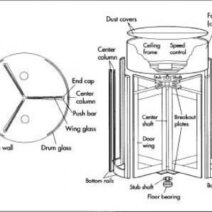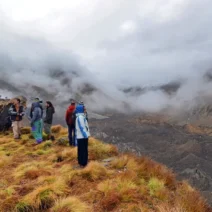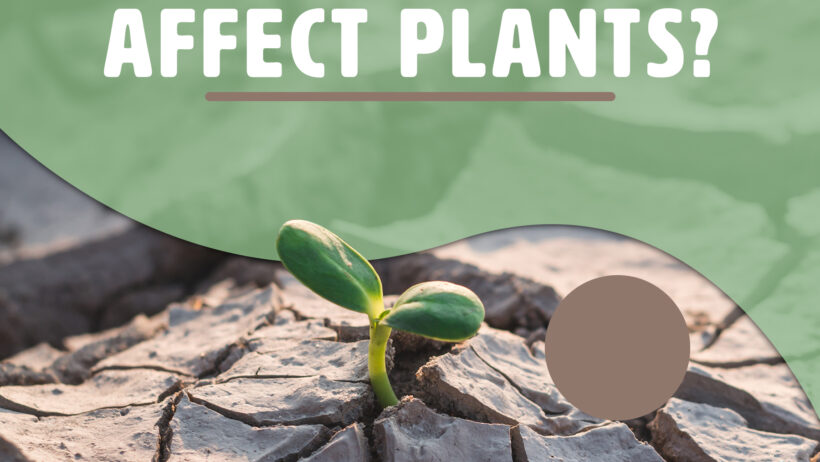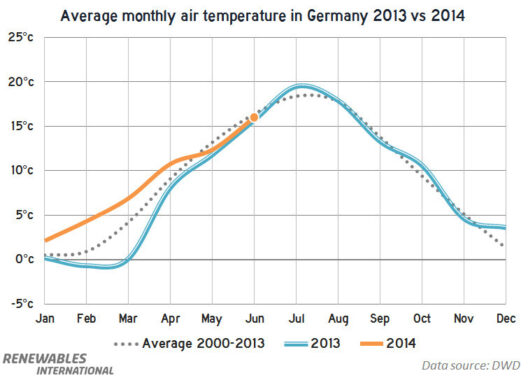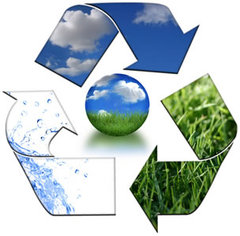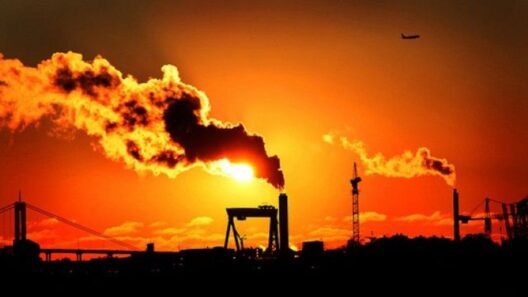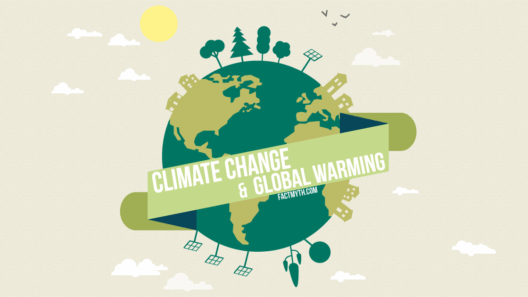Global warming, characterized by the gradual increase of Earth’s average surface temperature due to human activities, represents one of the most pressing challenges of our time. Its ramifications transcend mere atmospheric alterations, deeply impacting ecosystems, water sources, weather patterns, and biodiversity. As communities increasingly witness the tangible effects of climate change, the need for comprehensive understanding becomes paramount.
The essence of global warming lies in the greenhouse effect, where gases such as carbon dioxide, methane, and nitrous oxide trap heat in the atmosphere. While these gases are naturally occurring, their concentrations have surged dramatically since the Industrial Revolution due to fossil fuel combustion, deforestation, and various industrial processes. As the planet heats, understanding the environmental consequences of warming unveils a portrait of our future—a future that necessitates urgent action.
Exploring how global warming affects the environment involves delving into several interrelated domains: habitat degradation, water scarcity, changes in biodiversity, and the exacerbation of extreme weather events. Each domain reveals a multifaceted layer of consequences that beckons deeper inquiry.
Shifting Ecosystems: The Impact on Habitat
The world’s ecosystems are delicately balanced networks, where every species plays a pivotal role. However, global warming disrupts this equilibrium, leading to habitat degradation and fragmentation. Rising temperatures have already begun to alter climate zones, shifting forests toward higher elevations and poles while diminishing polar ice habitats. These changes directly affect the flora and fauna adapted to specific climatic conditions.
As temperatures increase, some species may find themselves unable to adapt swiftly enough to their changing environments. Take, for instance, mountain-dwelling species. As their habitats move upward, they face a narrow margin for survival—once they reach the mountain peak, there may be nowhere left to go. Additionally, altered rainfall patterns can diminish the fertility of habitats, leading to a decline in species richness and abundance.
Moreover, the concept of biodiversity is pivotal in maintaining ecological resilience. With global warming, however, species extinction rates are escalating. Species as diverse as amphibians, corals, and mammals are particularly vulnerable, facing pressures from habitat loss and changing conditions. A reduction in biodiversity not only threatens the survival of individual species but also weakens the entire ecosystem’s ability to adapt to further environmental changes.
Water Woes: The Scarcity of Freshwater Resources
Water, often referred to as the lifeblood of ecosystems, is under siege from the impacts of global warming. As temperatures rise, evaporation rates increase, exacerbating drought conditions in some regions while simultaneously leading to increased rainfall and flooding in others. The resulting water scarcity poses dire threats to both human and ecological health.
As freshwater resources dwindle, agricultural productivity declines, threatening food security for millions globally. Crop yields are becoming increasingly unpredictable, prompting a reconsideration of traditional agricultural practices. Farmers are faced with the dual challenge of having to adapt to drought while also combating the invasive species that flourish in warmer conditions.
Moreover, the quality of freshwater is deteriorating. Increased temperatures can lead to harmful algal blooms and other waterborne pathogens, compromising drinking water safety and pushing freshwater systems beyond their thresholds. This vicious cycle underscores the intertwined fates of climate change, water supply, and human health.
Extreme Weather: A Combination of Turbulence and Displacement
Global warming is synonymous with the amplification of extreme weather events. The increased frequency and intensity of hurricanes, wildfires, floods, and heatwaves are testaments to a warming planet’s upheaval. These environmental phenomena not only wreak havoc on human existence but severely impact ecological systems that struggle to recover.
For example, wildfires have become increasingly rampant in arid regions, threatening crucial habitats and leading to mass species migrations and fatalities. The smoke and pollutants released during such infernos further deteriorate air quality, affecting human health and contributing to atmospheric warming. Additionally, hurricanes, fueled by warmer ocean temperatures, gain strength and carry heavier rains, resulting in catastrophic flooding and further ecosystem disruption.
The migration of human populations disrupted by extreme weather leads to socio-political challenges, with displaced people often seeking refuge in new regions, increasing competition for limited resources and igniting potential conflict. This humanitarian aspect requires the recognition that environmental disasters and climate change do not just affect biodiversity—they shape human destinies, showcasing the profound interconnectedness of our existence and the ecosystems we inhabit.
Confronting the Reality: Our Role in Climate Mitigation
To navigate the effects of global warming on the environment, a collective response is imperative. Policy frameworks need to prioritize sustainable practices, unveiling pathways for the reduction of greenhouse gas emissions while fostering green technologies. Public awareness and education serve as vital catalysts for change, enabling individuals to contribute meaningfully to environmental sustainability.
Furthermore, reforestation and habitat restoration emerge as essential strategies to revitalize ecosystems and enhance biodiversity. By protecting existing habitats and creating new sanctuaries for vulnerable species, humanity can reclaim its role as stewards of the Earth, nurturing the intricate web of life that sustains our planet.
In conclusion, global warming presents a myriad of challenges that are intricately woven into the environmental fabric of our lives. Addressing these consequences is not merely an ecological obligation but a moral imperative for current and future generations. Our understanding of and response to these pressing concerns will ultimately determine the trajectory of the planet and all its inhabitants.
